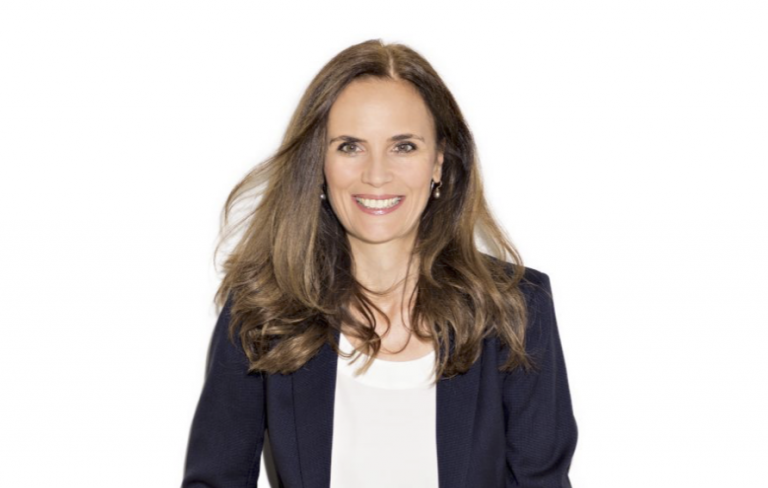Like other areas of life, the way we use our homes is subject to constant change. If you compare today’s new buildings with properties from the 1970s or 1980s, for example, it quickly becomes apparent that the architectural style, room sizes and room concept (floor plan) have changed considerably.
The energy supply concepts and the technical installations in a building have also undergone significant changes. More generous living spaces, open floor plans and rooms flooded with light are characteristics of a changed lifestyle. Even a property that is only twenty-five years old with an intact building structure can sometimes no longer meet today’s requirements and contemporary tastes, or in other words be ‘demodified’, simply because of its external and internal appearance. This does not automatically mean that a sale must be made more difficult.
The attractiveness and price level of a property is primarily determined by factors such as its location (privacy, view, transport connections, etc.) and the market situation, and not by its age. In the case of older properties, the buyer usually plans structural adjustments, which can extend to a total conversion. When marketing an “older” property, it is important to identify foreseeable adaptations in advance and to prove their feasibility with manageable financial means.
A buyer must be able to calculate necessary and desired investments and thus estimate the total costs, not least with regard to co-financing by a bank.
This text by Beat Hürlimann, CEO of Wüst und Wüst, was published a few days ago as a column at CH-Media Zentralschweiz.


